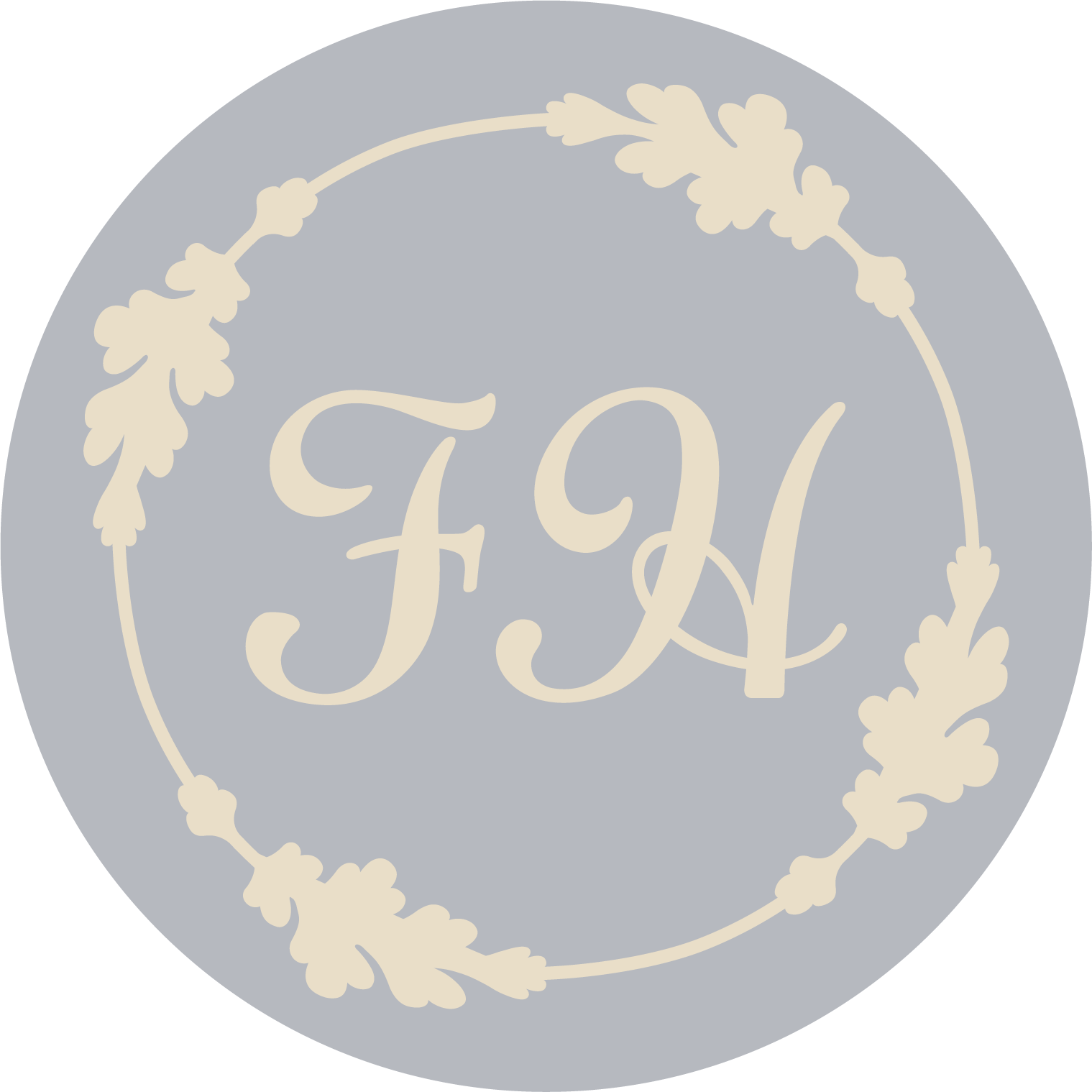Interior Paint Colors for the Old House
This month features advice for selecting interior colors! An old house interior in all white or ivory is a blank canvas and shows a lack of imagination. Be adventurous with historic colors, as they are easily changed in the case of an uninspired choice. Colors are a matter of personal taste, but a Victorian, Colonial Revival, or Craftsman interior is exceptional when done in their respective historic color scheme that the architecture calls for!
Choosing historical colors is fun! Do a color board for the entire interior and see how the colors flow from space to space. Do they have the same undertones, complement and coordinate? Consider a neutral color for transitional spaces. I use a medium taupe in the Forsstrom House, as it coordinates with my paint colors and the dark woodwork of the main salon. It has the same muted or dirty undertone of my historic colors. It helps to be familiar with the color wheel. For additional challenge, coordinate with the exterior paint color palette. It took me about a year to finalize my color choices. It is not a quick decision at the paint store.
One option is to determine original colors. There are companies that analyze paint layers. However, it’s easier to scrape under a sconce or molding for old wall colors and wallpapers. Paint with the best approximation of the original color. In the case of the Forsstrom House, this would be a lot of green. The master bedroom is historic green for this reason.
One can choose historically accurate colors for the various style and age of the home. These would be colors the owners could have chosen if they possessed good taste. Many paint companies have well curated historic color collections. Colors are obtained by analysis of paint layers in historic buildings. The colors generally have a logical relationship and complement one another. Benjamin Moore introduced their Historic Color collection in 1976. It is an excellent resource and my “go to” for colors.
Standardized ready mix paint was not commercially available until 1875. The introduction of standardized colors led to the exuberant Victorian polychrome era. Polychrome means “many colors”. An example is the Victorian “Painted Lady” exterior color scheme. Homeowners could choose from an increasingly sophisticated color palette.
Late Victorian color selection features the contrast of rich shades from opposite side of the color wheel color. One can pair burgundy with green, amber with purple, and blue with coral for good results. Victorians brought many design elements together and layered them. A three color scheme with a primary, secondary and accent color, works well. Public rooms had darker and more intense colors. Private areas, such as bedrooms, featured lighter colors. Printed wallpapers and heavily patterned fabrics can guide color choices. Burgundy and green with amber accents is a popular late Victorian color palette.
Colonial Revival homes featured lighter colors and painted trim an aged white or ivory. Softer pastel colors and lighter colors were trendy. Avoid bright white, as it is too stark.
The Craftsman style evolved from the Arts and Crafts movement of the late 19th and early 20th centuries. The color palette is all about autumnal earth tones; ochres, browns, greens, rust, some blues, amber, etc. Natural wood is a defining feature of Craftsman style. Remember, color works best to show off natural or stained woods, not white or ivory. Opt for matte finish if possible.
Random Tips for success:
· Confused by endless color choices? Consult a colorist or browse the internet for ideas. The paint companies with historic color collections are helpful.
· Selecting paint from a small color card is difficult. The color depends on lighting, number of coats, and finish. Matte finish is the best approximation of the color chip. Buy a paint sample and give it a large test. Paint two thin coats, let it dry completely and live with it. You can then assess the undertone and color in your house.
· Buy the best paint you can. Inexpensive paint fades and does not hold up to wear.
· Eggshell finish is a good choice for touchable walls. I generally prefer matte finish, but my family likes to touch walls. I use matte for the upper parts of walls and ceilings. It hides plaster imperfections best. Trim needs a touch of soft gloss for wear. Avoid high gloss in the old house, as it magnifies surface problems and looks too contemporary.
· I brush with a good 2 to 3 inch angled brush for control and coverage. I paint extremely thin and do many coats. Multiple thin coats are better than one thick coat.
· There are alternative paints for historic preservationists; linseed oil paints, milk paints, and lime wash colors for plaster.
Send me pictures of your historic color choices to ForsstromHouse@gmail.com . I would love to see them!
